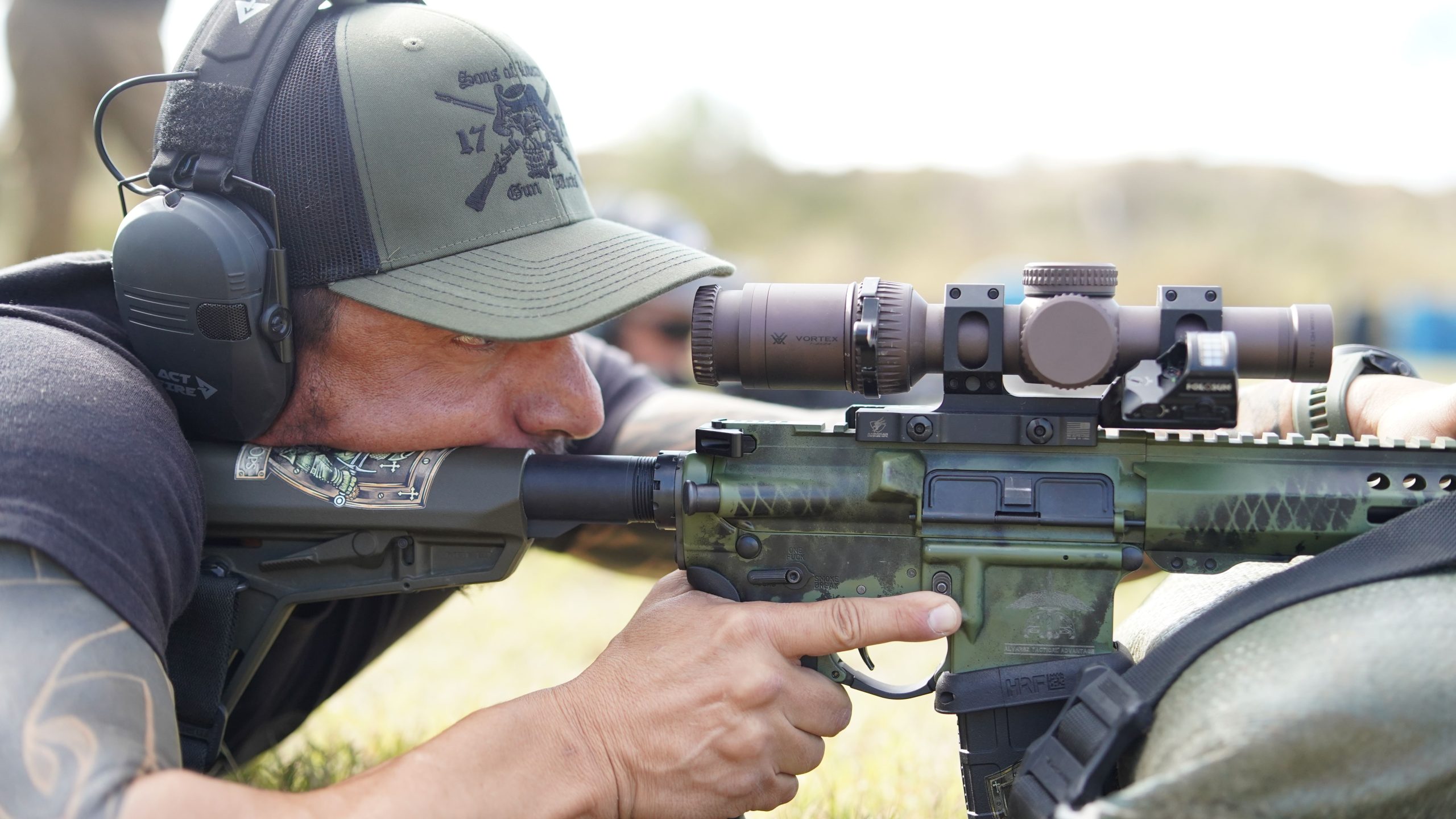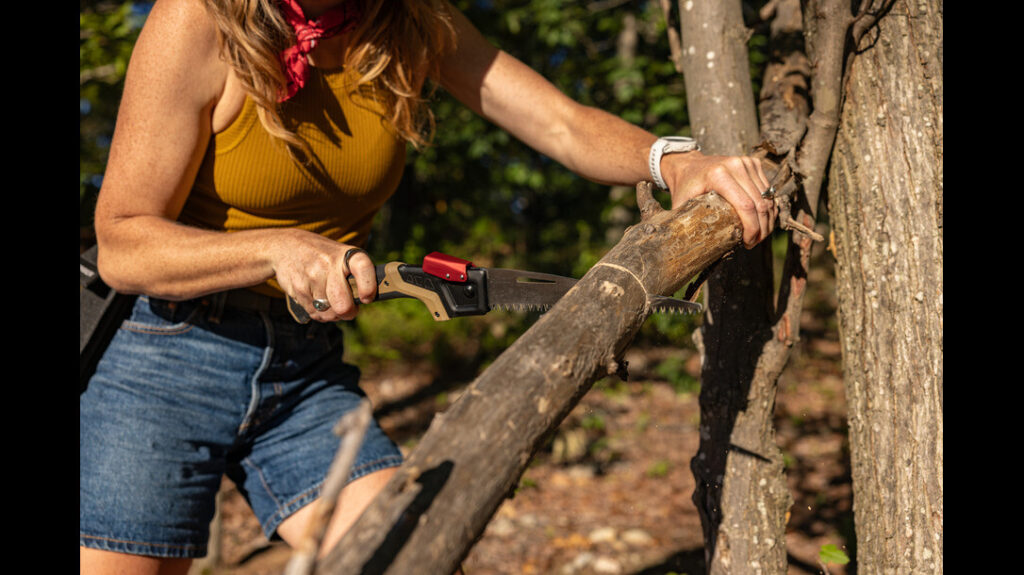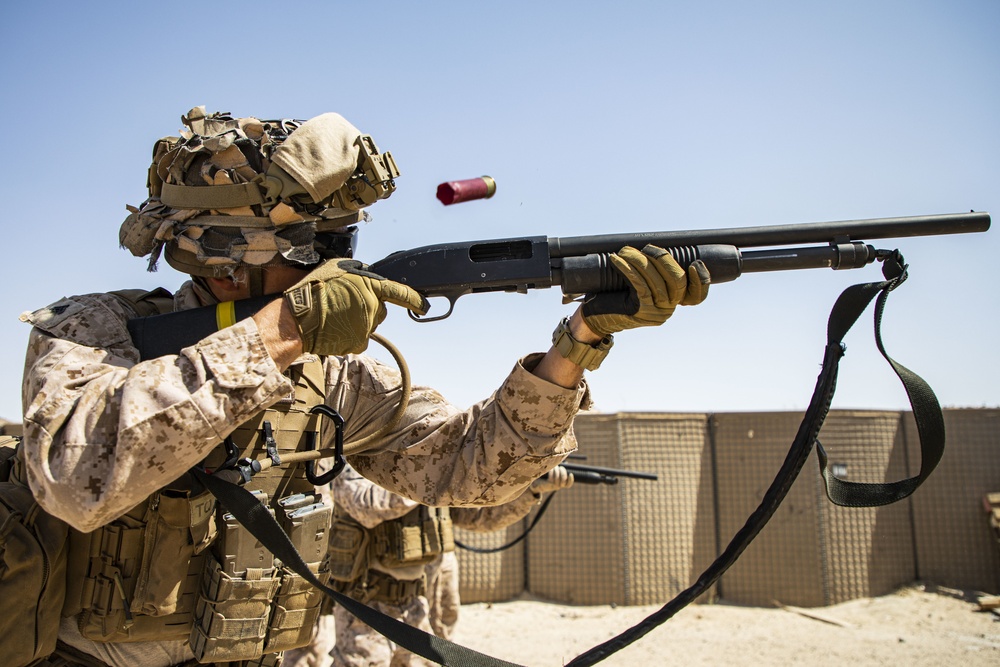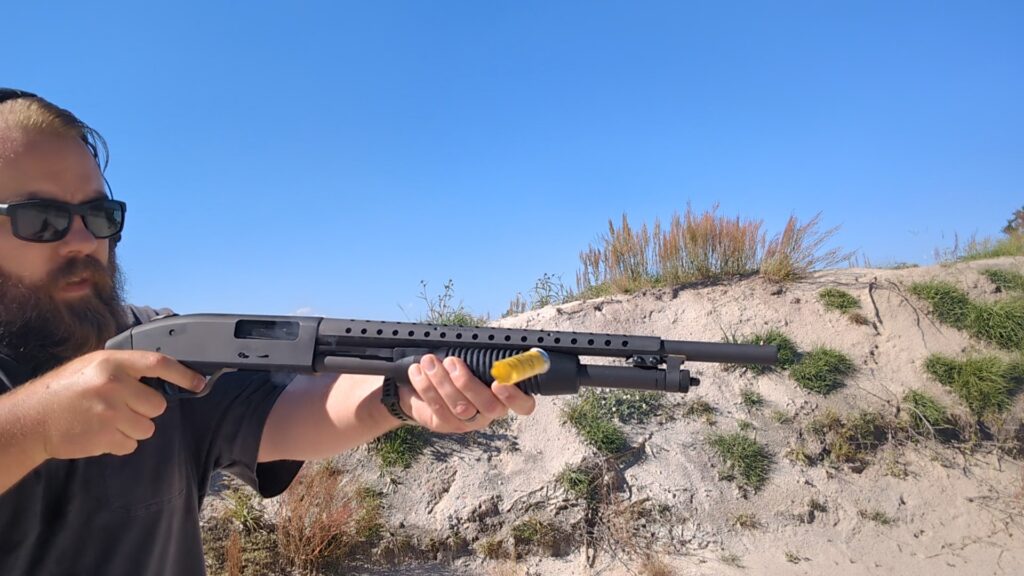A few weeks ago, I had the chance to attend the Green Ops 2-Day LPVO Carbine course at The Ranch in Dilley, Texas south of San Antonio. Although I will not deny my bias in favor of the LPVO and find them both useful and fascinating, I also understand that like with anything else, these scopes have trade-offs. To be successful with LPVOs, it’s crucial to understand their strengths and weaknesses which is why this Green Ops course has been a huge interest of mine. The course is focused on the entire effective range of the modern carbine and its use with an emphasis on the LPVO as the principal aiming implement, from 0 to 500 meters. I felt quite fortunate after finally attending the course and training under keen instructors.

Advertisement — Continue Reading Below
Green Ops And Their Training Philosophy
Green Ops is an international firearms training and tactics company based in northern Virginia and central Texas founded in 2005 by Special Forces soldier Mike Green. (It should be noted that Mr. Green is also a SOLGW pro-staff shooter and this “local” carbine company was well-represented at this event). Green Ops teaches rifle, shotgun and pistol courses to eligible civilians in addition to the military and law enforcement and is staffed by extremely competent shooters with loads of experience. I first met Mr. Green some time back after squadding together in local USPSA, IDPA matches or crossing paths at other locally hosted training events. This LPVO course was my first time participating in any Green Ops event as a regular student.


Advertisement — Continue Reading Below


Each instructor at this recent LPVO class is the same way as Mike Green; though most of them have decades of serious military experience, they all still actively practice, train and compete with firearms. In other words, every single person that represented Green Ops at this class spends time pursuing the very things they teach their students. They don’t sit on their laurels and you can see it on their social media channels which are always talking about this or that instructor participating at this or that event. For example, our lead instructor for the class, Chris Alvarez, kept making all kinds of references to competitions all weekend long and tying it back to the relevancy of the material. One of the assistant instructors donned his USPSA competition style belt and wore his match pistol for the entire weekend as well. I just point this stuff out because it’s worth nothing that as a group, Green Ops instructors don’t just talk about the thing, they’re all about it too. Another way this particular 2-day course also stood out was the fact that there were five staff members present for whole event. With approximately 14 or 15 students in attendance, the ratio of students to instructors was excellent and all of us had a chance to get individualized attention. Furthermore, with the level of competency amongst the staff that weekend, any one of the them could have equally filled-in as the lead instructor without compromising the quality of the class or the curriculum.
Advertisement — Continue Reading Below
Getting Down To Business: The Low Powered Variable Optic
The typical modern 5.56mm chambered carbine has a general effective range of approximately 500 meters. LPVOs can help extract every last bit of shooting performance available from a general purpose carbine down to that last meter. Simply put, LPVOs work like red-dot sights up close and like traditional riflescopes at further distances. (Note: they are not sniper-scopes, nor should they be used as such. This is something Mr. Alvarez constantly reminded us of all weekend). And yes, even amongst riflescopes, the LPVO has its own set of trade-offs, but that’s beyond the scope of this article. As wonderful as LPVOs are, they aren’t without their challenges and nuances either. In a previous conversation with Mr. Green, he told me that both he and Mr. Alvarez developed the curriculum for the Green Ops LPVO Course to challenge the notion that LPVOs are niche optics. Of course, Mike will also be the first to tell you that to get there, it takes a lot of work and dedication. No free lunches, ever. I make it a point to shoot carbines with LPVOs whenever possible and I know exactly what he is talking about, so this class was great because we employed the LPVO across various distances and positions, some contorted. This class will expose just how squared away the shooter needs to be with their optic to make the system work correctly.
My take on the LPVO is that as a shooter, you “pay” your dues up-front as it takes more work to master (especially at CQB distances), but it “pays for itself” at distance. With those further shots, you not only get magnification but an actual useful reticle with subtensions or stadia lines that add another level of precision that isn’t possible with a red-dot or holographic sight. If the weapon I carry has an effective range of 500 meters, I’d like to be able to be as effective with it all the way to meter #499. Back to no free lunches: LPVOs tend to be more expensive and complex than simpler red-dot sights. This also includes their scope mounts, which are also more expensive and complex than RDS mounts. At retail prices, a “nice” red-dot sights costs nearly the same as a mid-tier LPVO. Because LPVOs are riflescopes, matters of eye-relief, the eye-box, exit pupils, etc. are still in play. This means the shooter’s eyes and face still need to be lined up properly with the optic to work. Alignment is a big part of mastering the LPVO’s learning curve. Even with my own NF 1-8 ATACR, I experienced some challenges when trying to aim with a zoomed-in scope in a contorted position off a barricade. This is why understanding the short-comings of an LPVO is also as important as learning how to use it correctly. And yes, that weekend I saw plenty of offset red-dots in conjunction with LPVOs on both instructors’ and students’ carbines. It’s not about one against the other, it’s about using the right tools for solving problems.
The Value Of The Green Ops 2-Day LPVO Course
Green Ops organizes this course into a couple different parts. There’s a classroom portion, a portion to confirm zero [very important!], a CQB portion, barricades, plenty of time shooting at longer distances, live-fire-and-maneuver and the “final exercise” where two students paired together run and shoot through a tactical stage with targets and cover at varying distances. The final exercise is a lot of fun to run through and it calls for everything we learned during the course. In my opinion, the biggest value of the Green Ops 2-Day LPVO course is how comprehensive it is.
Advertisement — Continue Reading Below

you learn how to do everything with your GENERAL PURPOSE carbine from 0 to 500 meters using the best General purpose optic you can pair with such A carbine.
PE Fitch

Advertisement — Continue Reading Below
With the amount of instructors, we all got enough attention as needed. The class was organized in such a way that no one portion had to be rushed. For the CQB portion, besides regular shooting instruction and plenty of repetitions, the instructors covered sling management, shooting on the move, and heigh-over-bore. In my case, one of the instructors took it upon himself to make sure I was squared away as left-handed shooter. They did this for all students in whichever way they needed assistance.

The chance to shoot at extended distances is a big deal because most of us don’t get the chance to do so often, much less under the supervision of extremely qualified instructors without being rushed. This is priceless. I was more than happy to use my NF ATACR and the carbine it’s mounted on at these further distances while also taking advantage of the chance to begin my testing and evaluation of the Leupold Mk.5 HD 2-10×30 riflescope on another carbine. While this specific Leupold Mk.5 scope isn’t a “true” LPVO since it only goes down to 2-power on the low end, it’s a scope I’ve been quite interested since it first launched, especially for short to mid-range shooting. I didn’t feel “stuck” too badly limited to only 2-power, even during the CQB portion. Of course something closer to true 1-power is desirable but I made this work just fine. Naturally, this Leupold shined at distance and it felt like cheating when compared to shooting with the typical 1-6-power LPVO. In the spirit of the LPVO-specific curriculum, I held instead of dialed, (although the Leupold Mk.5 HD 2-10×30 paired with the TMR reticle is really built to dial).
Advertisement — Continue Reading Below
All students had ample opportunity to take shots through their carbine and scope combo at steel IPSC targets found at distances ranging from 100-386 yards*. Even though this wasn’t required, I entered some estimated numbers into a ballistic app to get quick “dope.” With my 100 meter zero, on both of my carbines, I could hold high center out to 250+ yards with no problems. At 300 yards my come-up was only 1-mil and at 400 yards, a little less than 2-mils. Being able to verify this in real time and seeing that there wasn’t too much of a difference between both of my carbines with 14.5 and 16-inch barrels was quite neat.


Advertisement — Continue Reading Below
The Cost Of Training
Training isn’t cheap. Ammunition isn’t cheap. Guns and gear also add up in cost, and so does the time it takes to attend training events. If you’re like me, you want your time and training dollar to get you as much value as possible. After training with Green Ops, I didn’t feel like I wasted my time. It’s hard to feel that way when the entire instructor cadre actively shoots, competes and attends outside training to stay relevant. And more so when there’s a beneficial ratio of instructors to students. Lastly, I also appreciated that this course wasn’t focused on gear any more than it had to. I saw carbines and LPVOs from all price-points, without any real gear elitism. This also went for the Green Ops staff themselves too. Not one of them acted like they were “all-that” (even though some of them probably legitimately are). No one tried to sell me on anything other than “doing the work” in order to improve. Anyone who is interested in exploring the full spectrum of utility of their carbine would do well to check out this course.
Special thanks to @jaq_thepewpewplumbrtx for most of these photos. Jaq is not only Green Ops staff, but also a talented photographer and not to mention downright surgical with a handgun from appendix.
**Total maximum distance for extended targets will depend on the specific venue where the class is hosted. I describe the LPVO and the general purpose carbine as 500 meter system and I stand by that. Whether one shoots at 386 yards or 510 meters, the concepts remain the same, but the hold-overs change.
Advertisement — Continue Reading Below















